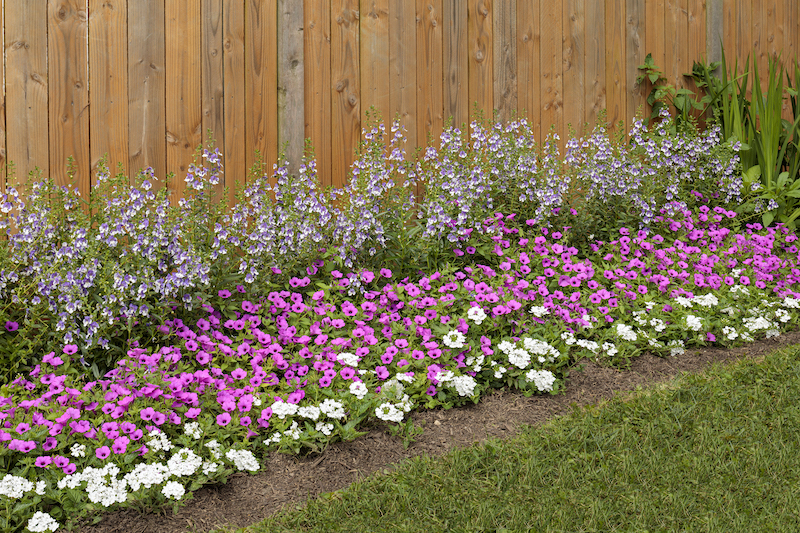The greatest benefit of bringing annuals into your garden or patio pots is the immediate gratification they provide. These brightly colored flowers and tropicals have the ability to transform your space quickly with their blooms. When annuals fail to produce blooms, it can be quite frustrating. Some factors that may limit an annual's ability to bloom include under-fertilization, lack of sunlight, cold weather, pests, and more. By adjusting our care, we can sometimes get these beauties to provide color and interest late into the growing season.

Common Reasons Why Annuals Aren't Blooming
Some of the most common reasons that annuals are failing to bloom include improper lighting, temperature stress, over- or under-fertilization, inadequate or inconsistent watering, and age. Annuals that need to be grown in full sunlight should be given just that – at least 6 hours of bright, direct sunlight. Conversely, annuals that bloom in the shade such as certain begonias and impatiens can easily burn in the hot afternoon sun. Heavy feeders such as verbena and petunias may need fertilizer every few times you water.
Some annuals will only bloom when watered regularly, and plants in pots and containers may need water every day in the summer as these tend to dry out much faster than garden beds. Stressed plants, whether caused by drought, heat, or cold, will focus their energy on survival rather than flower production. Lastly, some annuals will stop producing flowers as they age or after they have finished their blooming season, indicating that they can be replaced by more season-appropriate annuals.
Pruning Annuals To Help Them Bloom
Some annuals can become quite leggy as they grow and will begin to produce fewer flowers. Million bells, for example, can be sheared in the summer to help them produce another flush of blooms. Annuals that appear to have more dead flowers than not can often benefit from deadheading, which will encourage the plant to produce more flowers. This can be as easy as trimming or pinching off older flowers. It is also a good idea to remove fading flowers to prevent the plant from going to seed, allowing it to redirect its energy into producing more buds.

Fertilizing Plants To Help Them Bloom
Unlike perennials, trees, and shrubs, annuals are more often affected by inadequate fertilization. This is related to how annuals grow and where they spend most of their energy; plants like verbena, million bells, and geraniums that are grown in cooler regions are chosen specifically because they bloom through the spring and/or summer, so we expect them to spend their energy on blooms alone. These plants need nutrients to support their vigorous blooms, especially when planted in pots. It is a good idea to use bloom-boosting fertilizers every few times you water to help annuals continue to bloom through the spring and summer. Slow-release pellet fertilizers can work well for plants that are watered frequently, slowly releasing nutrients each time you add water. Keep in mind that fertilizers high in nitrogen will encourage leafy green growth rather than blooms.

Getting Plants To Produce More Blooms
Annuals are only around for a short amount of time. To get as much out of them as possible, set them up for success with the right amount of sun, nourishing soil, the right kind and amount of fertilizer, and enough water. Some annuals have the ability to bloom until the first fall frost. Choosing the right kinds of annuals for your space can give your garden and containers life and color for as long as possible.
Why Plants Aren’t Blooming
- Inadequate light
- Inconsistent water
- Drought or heat stress
- Too much / wrong kind of fertilizer
- Not pruning or deadheading
 |
Author Lynn Gusman - Published 1-18-2023 |
